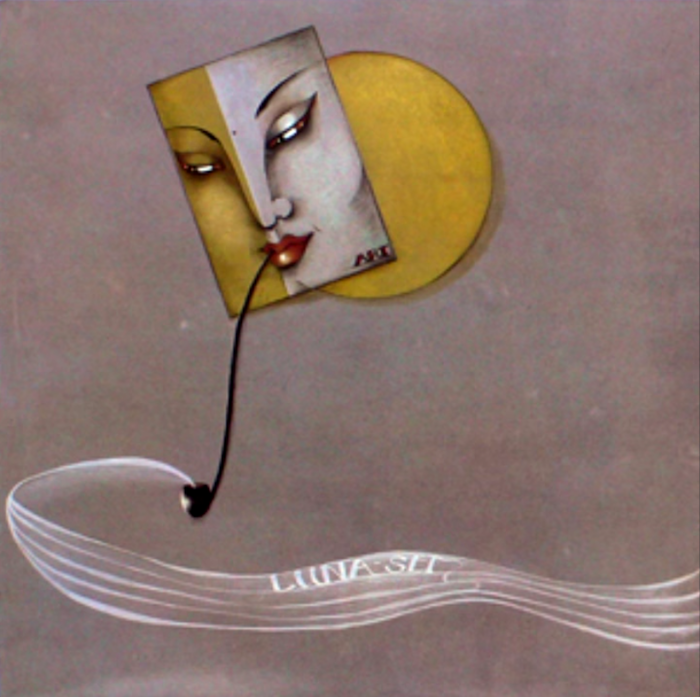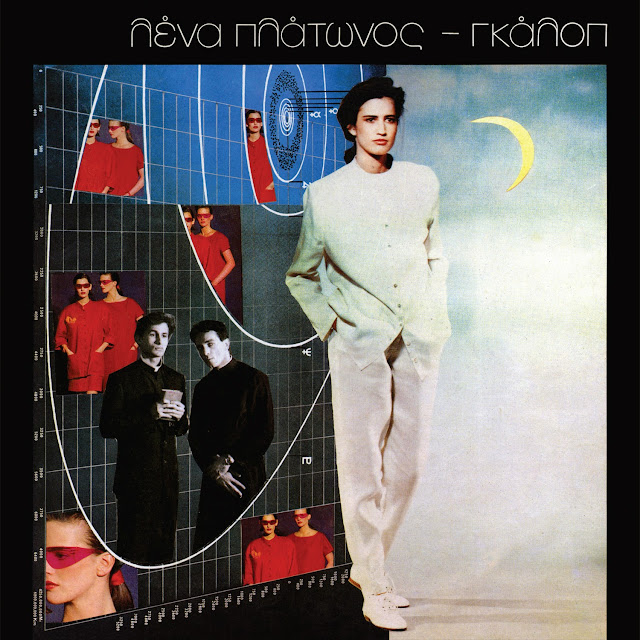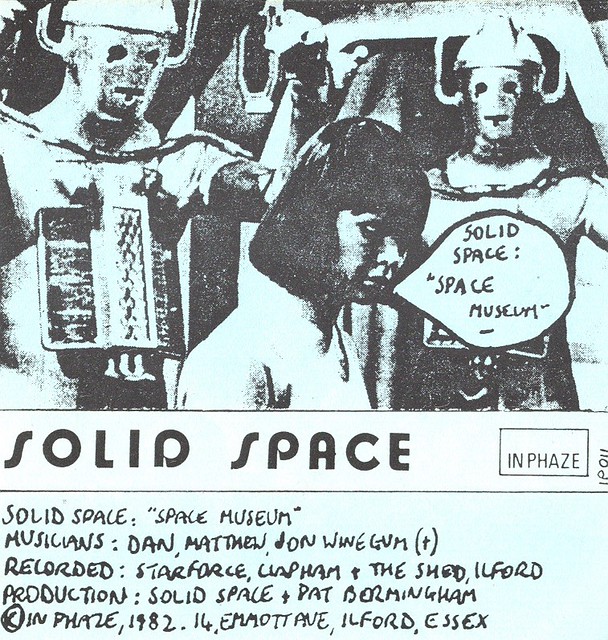
Wow! This one came out of left field for me and has quickly become a precious favorite, serving as a reminder of why music hunting is exciting in the first place: as finding unknown and wonderful full-lengths becomes less and less frequent, finding a record that instantly feels like home becomes all the more rewarding.
Though I often presuppose these posts by mentioning that there’s little available information about the artist, this one feels unusual in its total lack of context. Though they released two of their LPs on the German label Jupiter Records, a major hub for disco singles, none of the names associated with the project have led me to any names that I recognize, and I can’t really figure out who their peers were. Still, the first thing that comes to mind is the subdued lo-fi post-punk of Young Marble Giants (a very good sign), complete with coy vocals that, in spite of their shy hushed deliveries, are anything but naïve. But there’s a flattened minimal synth aspect here, that kind of lizardy quality, that suggests minimal wave favorites like Carol and Solid Space, or even the dark drum machine slink of Lena Platonos. There’s also a playfulness, those unexpected flirty details, that make me think of Leda (another excellent record that I hope hasn’t gotten lost in the archives).
But there’s plenty that defines Art as entirely its own, perhaps most notably its use of saxophone. Opener “The Way It Is” starts out with thirty seconds of free jazz sax riffing, echoed again later in the song in a remarkable use of sonic space, moving from a far echo to a dry forefront only to disappear into a puff of reverb. Brass shows up unexpectedly all over the record, always tasteful and always effective. Combined with gorgeous vocal treatment and sharp, restrained songwriting, this is a deeply sophisticated record. Though I haven’t yet spent enough time with Luna Set’s other two full-lengths, this is by far my favorite of the three, striking an ideal balance between minimalism and playful textural interest.
Note that there’s one noticeable glitch in the opening track–this is still the best quality rip I can find, but I’d be thrilled if anyone can share a cleaner version!






